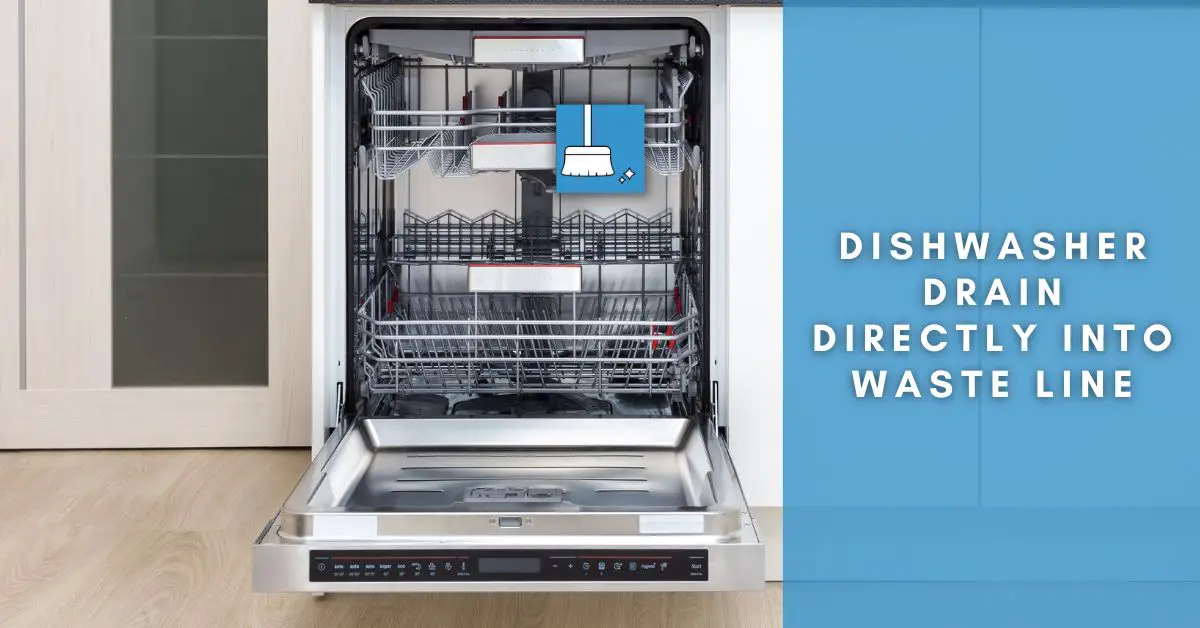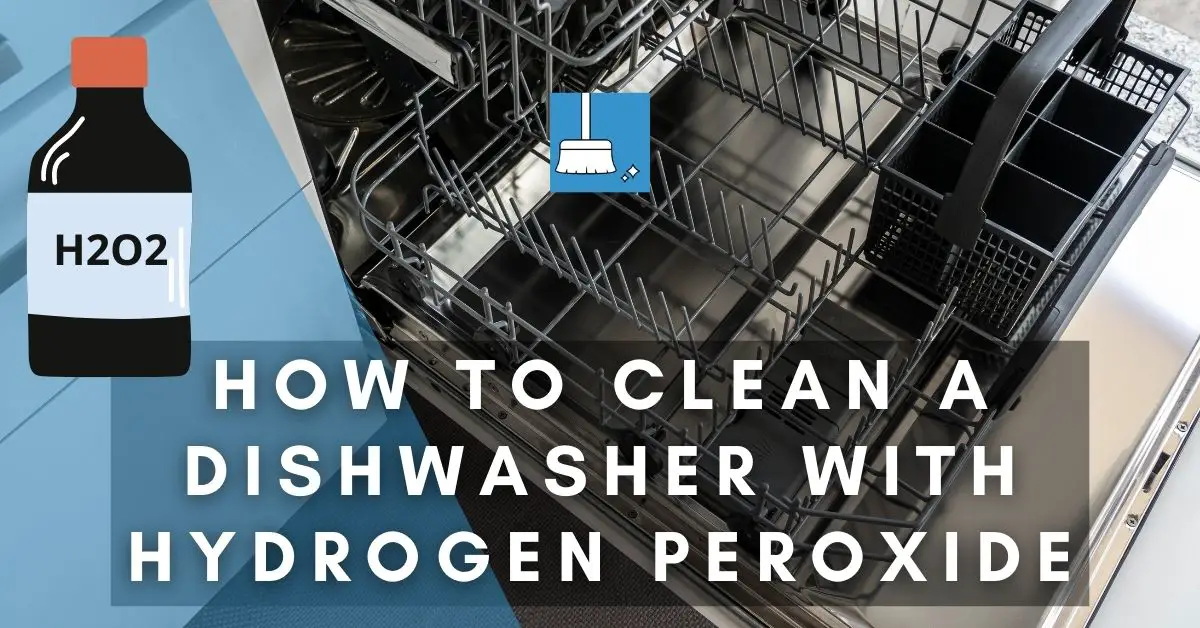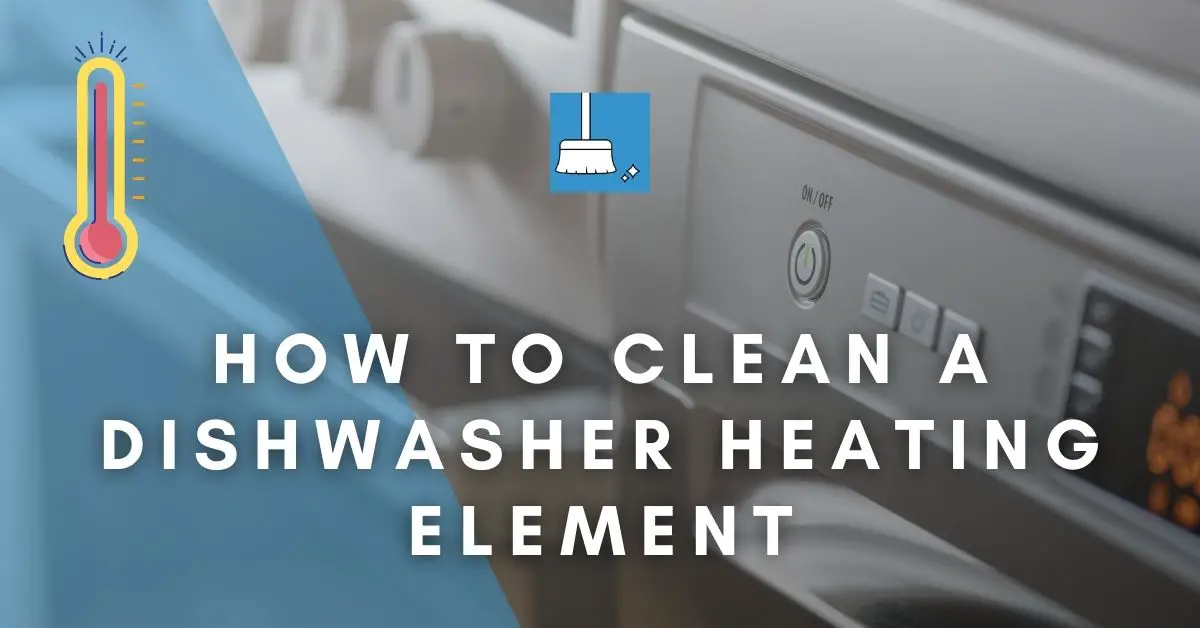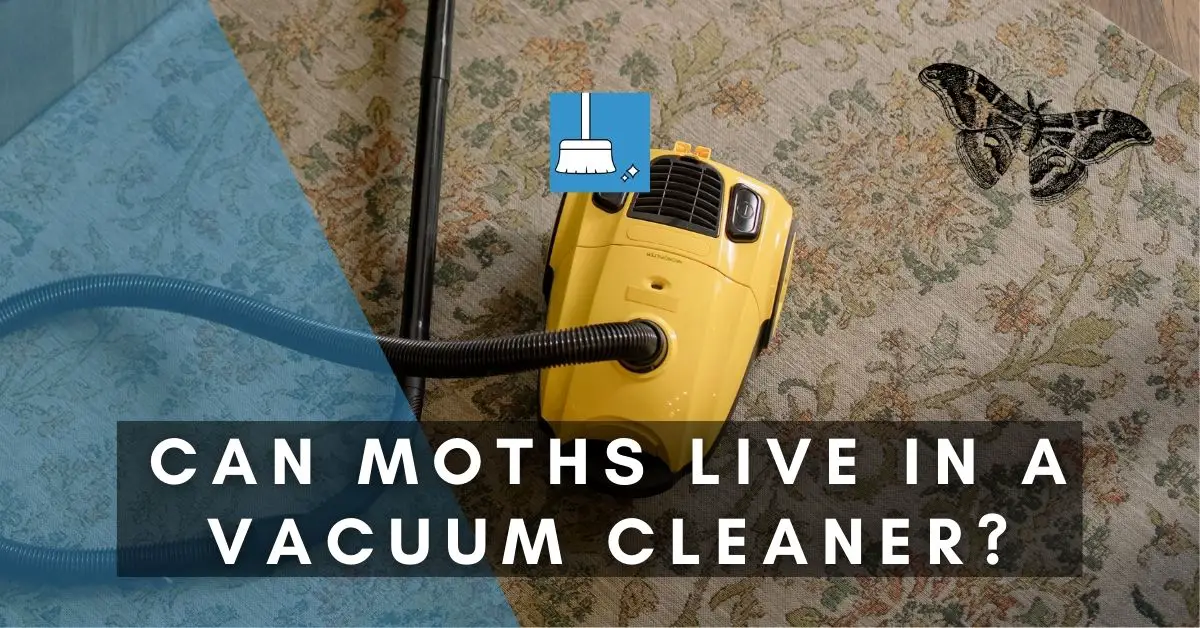A dishwasher drain connection has to be done seamlessly and correctly if you want to avoid problems in the future. We know that most people connect their dishwasher to the sink drain as it is easier and has proven to work perfectly but what if the dishwasher is far from the sink, can it be connected through the floor directly to the waste line?
In this article, we will be answering that question carefully and in detail, and also examine other issues related to this question. We will also explain how you can connect your dishwasher to the sink drain effectively to ensure you are code compliant and the machine is safe.
Dishwasher Drain Directly into the Waste Line!
Connecting your dishwasher to the waste line that your sink drains into because the dishwasher is far from the sink, is not advised. There are codes to follow when connecting your dishwasher to a drain and those codes are for your benefit. Complying with those codes will be very difficult if you want to do this.
When installing a dishwasher, it is advised that your dishwasher be placed in the space beside the drain of your sink, under the countertop.
You don’t want your dishwasher in a different location. This ensures you have a safe connection that is code compliant.
So if you are faced with this problem, the best solution is to find an alternative space for your dishwasher, close to the sink.
What Happens If Your Dishwasher Drains into the Waste Line?
Well, if you connect your dishwasher to the waste line directly, one of the major issues you will have is wastewater back feeding into the dishwasher.
After passing your drain hose through a side cabinet and it’s ready to go into the drain, you have to loop it high before it goes back down and is connected to the drain. This prevents back feeding.
Now, if you are going to be passing the drain hose through the floor and into the waste line, all these will be impossible.
You will always have to deal with a clogged hose and wastewater filling your dishwasher. You will have a mess on your hands.
And this mess will be the least of your worries when code-compliance inspectors come to your house. You don’t want to go that route.
Air gaps are also required in some states instead of high loops but this will be difficult to use with the kind of installation you want to do.
The drain hose going to the air gap on the counter and then back to the floor to go into the waste line just won’t be possible. It is not even allowed.
The solution is to get your dishwasher as close to the sink as possible and connect it to the drain under the sink.
How to Connect a Dishwasher Directly to the Drain (High Loop)
Connecting your dishwasher directly to the drain under your sink is very simple and you can get it done in a few minutes if you follow these simple steps below.
In most states, the use of a high loop when connecting the dishwasher to the drain is legal and more commonly used so we’ll be explaining this first.
YOU’LL NEED
- Hose clamps
- Screwdriver
STEPS
STEP 1- If your dishwasher is already installed, then you need to pull it out. Use a screwdriver to remove the screws on the mounting top of the dishwasher. This connects the dishwasher to the countertop.
When this is done, your dishwasher will slide out easily.
STEP 2- Inside the cabinet, you just removed your dishwasher from, drill a hole at the side of the cabinet, close to the top. It should be the side of the cabinet close to the sink.
STEP 3- You will see two hoses attached to the dishwasher, one is the water line and the other is the drain line. The drain line is always bigger.
Pull the drain line through the hole as much as possible. Push the dishwasher back into the cabinet so you can pull a good length of the drain hose to the other side.
STEP 4- Loop the drain hose as high as possible under the sink and secure it in place. You can use tape. You just have to ensure the hose won’t fall downward. Securing it as high as possible ensures sewer gas or wastewater doesn’t get back into the dishwasher and contaminate your dishes.
STEP 5- The other end of the drain hose then goes to the drain. The drain will have a Y branch tailpiece/nipple on it. If it’s not installed on it already, you should do that.
They come in different sizes so get one that fits the size of your dishwasher drain hose. It will be above the p trap and that location ensures there won’t be problems in the future.
When this is done, attach the other end of the drain hose to the tailpiece and secure it with a hose clamp.
You have successfully connected your dishwasher to the drain.
If the use of an air gap is compulsory in your state, there’s nothing to worry about. It’s equally simple and easy to connect your dishwasher to an air gap. But first, you have to install one. And we’ll be explaining how to do that in the next heading.
How to Install a Dishwasher Air Gap?
STEPS
STEP 1- You need a hole in the sink. Most sinks have air gap holes already drilled into them, if it’s not visible, it might be covered by a flat disc-shaped lid.
If your sink doesn’t have a hole or the hole is already in use, then you need another one for the air gap. Drill a hole the size of the air gap mouth and make it neat.
STEP 2- Unwrap the air gap kit. Air gaps are usually made of plastic, including the head which is always of stainless steel finish. It looks like stainless steel but it is plastic and comes in various colors. The air gap will also have a ring on it.
Remove the air gap cover and ring, and pass it through the hole in the sink. You should pass it from underneath the sink.
There’s a hole in the air gap head, this should face the sink. In case, there’s a blockade, wastewater will come back through this hole and into the sink. It ensures wastewater doesn’t return to the dishwasher.
STEP 3- When the head comes out of the hole and fits tightly under the sink with no room for movement, put the ring back and it and tighten it with a plier. This will keep the air gap in place. After doing this, put the stainless steel-like cover back, and ensure the hole on the cover fits with the hole on the air gap head.
Once this is done, you have successfully installed a dishwasher air gap. All that is left is connecting your dishwasher to the drain through the air gap.
How to Connect a Dishwasher Directly to the Drain (Air Gap)
YOU’LL NEED
- Drain hoses
- Hose clamps
STEPS
STEP 1- Two hose-like mouths are on found on air gaps. They are of different sizes, one bigger than the other. One faces the drain and the other faces the direction of the dishwasher underneath the sink.
Pull the drain hose that is attached to your dishwasher through the hole in the cabinet and attach it to the smaller hose mouth on the air gap. Ensure it stays snug on the air gap.
STEP 2- You will need another hose. This hose should be suitable for the bigger hose mouth on the air gap as that is where it will be attached to. A 7/8 inch hose is usually used but you should check to ensure it will fit.
One end of the hose will be attached to the bigger air gap mouth. It should be snug on it tightly and secured with a clamp.
STEP 3- There will be another hose mouth on the drain. A tailpiece/nipple just sitting above the p trap. This is where the other end of the drain hose will be attached to. Then secure it with another hose clamp. You can use two hose clamps if you wish.
And your job is done. Your dishwasher has been connected to the drain through an air gap. If this is required by code in your state, then you have nothing more to worry about.
Where Should a Dishwasher Drain To?
A dishwasher can drain to a sink drain which we have spent quite some time discussing and explaining the steps in which it can be done.
This is the most preferred and the most common method. It is easier and leaves less room for mistakes and problems. This is why a dishwasher should always be close to the sink.
A dishwasher can also be drained directly to the garbage disposal. Some people opt for this too, but it is not common. Many garbage disposals come with a dishwasher connection.
All you have to do is attach the drain hose to the hose mouth on the garbage disposal and clamp it tight. You can use the high loop method or make use of an air gap while doing this. It depends on the code in your state and preference.
Some people also drain a dishwasher to a standpipe. This is not advised and is commonly used for washing machines but it works. The connection is not always standard though, they just drop the hose into the standpipe or try to attach it.
Many things could go wrong and the drain hose could remove at any time causing a mess. In addition, this would most likely not be allowed in your area. You should check first.
Can a Dishwasher Have Its Own Drain?
A dishwasher can have its own trap where it drains to and then be connected to the garbage disposal or another waste disposal somewhere in the house. This is usually done in the basement if you have one. But this isn’t necessary and can be very difficult to do.
First, it likely won’t be allowed in your state as it will be hard for it to be code compliant. There’s a high risk of sewer gas going back into the dishwasher.
Secondly, it is easier to just connect the dishwasher to the sink drain. The sink’s trap will more than açcommodate it so there’s no need for further stress.
Some areas may allow you to use an island vent to achieve a dishwasher with its own drain but it can be difficult to do and most likely not allowed in the U.S.
Final Thoughts!
A dishwasher cannot be connected through the floor and then allowed to drain directly to the waste line. It will be difficult to do and probably be illegal. You will also encounter problems like sewer gas/wastewater coming back into the dishwasher. If you’re going to insist on going through this route, then ensure you talk to experts and check that the plumbing codes in your state allow it.
The ideal location for your dishwasher is next to the sink, under the countertop. This ensures your dishwasher drain connection can be done probably. You won’t need a drain or garbage disposal as you just have to connect your dishwasher to the sink’s drain. We have explained in simple steps how this can be done, in the article.





